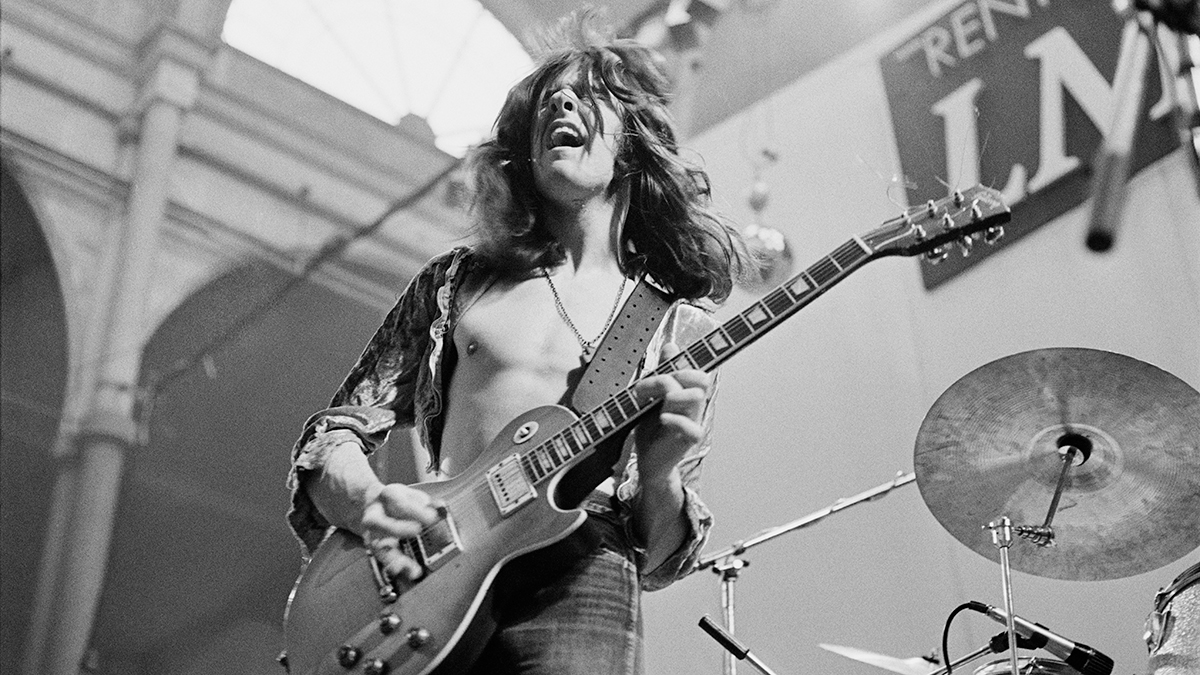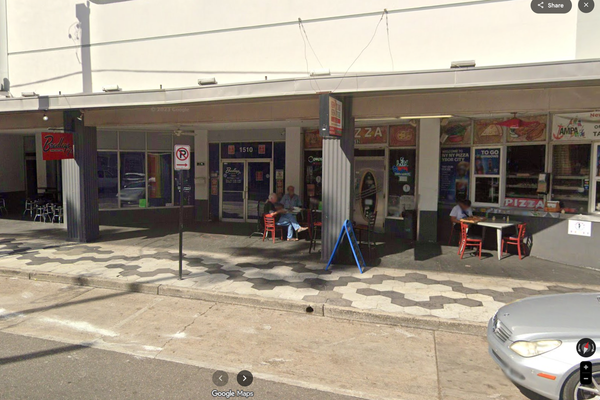
Brush Shiels was in Skid Row with Gary Moore – not that Skid Row (i.e., the one with Scotti Hill and Dave Sabo) – but the Irish blues rock band that operated between the late ’60s and early ’70s and featured not one but two Irish rock legends.
“Phil Lynott was the original lead vocalist, and then he went on to form Thin Lizzy,” Shiels tells Bass Player, in a forthcoming interview. “So, in 1968, we found Gary Moore. He was just 15 at the time. And I remember that his father, Robert, was just 36, and he asked me to look after Gary!
“He was great at that age; it was unbelievable. I couldn’t believe it. When we asked him about the gig, he took it and never looked back. As soon as he came in, that was it.”
The band, featuring both Lynott and Moore, would record New Places, Old Faces / Misdemeanour Dream Felicity, released as a 7-inch in 1969. When Lynott later dropped from the line-up, the outfit transformed into a power trio – with Shiels on vocals/bass and Moore leading the pack on guitars.
Speaking about the vision they had for Skid Row, Shiels reminisces, “We were looking for a cross between Cream and Jimi Hendrix. That was the whole thing.
“But some of the first songs that Gary and I wrote were actually based on Dave Brubeck’s Take Five, the whole semi-jazz-blues thing, I think. But after that, it was all riffs.”
The band signed with CBS Records International and would go on to release their debut album Skid in 1970, which managed to clinch the number 30 spot on the UK Albums Chart – followed by 34 Hours in 1971, with prestigious tours supporting The Allman Brothers Band and Mountain to boot.
However, despite these successes, Moore decided it was time for him to move on to greener pastures.
“We were all ready to become millionaires after a couple of years,” jokes Shiels. “And then, he left, and I had to come home and go on the dole [unemployment].”
“The reason that he left the band is that he thought we were getting too simple,” explains Shiels. “He was playing great, and doing some incredible stuff, but he said, ‘We’re getting too far away from what we should be doing.’ So, he left after those two albums.”
Moore would go on to release Grinding Stone with The Gary Moore Band – comprising John Curtis on bass and Pearse Kelly on drums, with guest performances by bassist Frank Boylan, guitarist Philip Donnelly, and keyboardist Jan Schelhaas.
The album epitomizes a guitarist who’s finding his feet – and just a year after its release, he would go on to make history with Thin Lizzy.
Bass Player's full interview with Brush Shiels will be published in the coming weeks.







